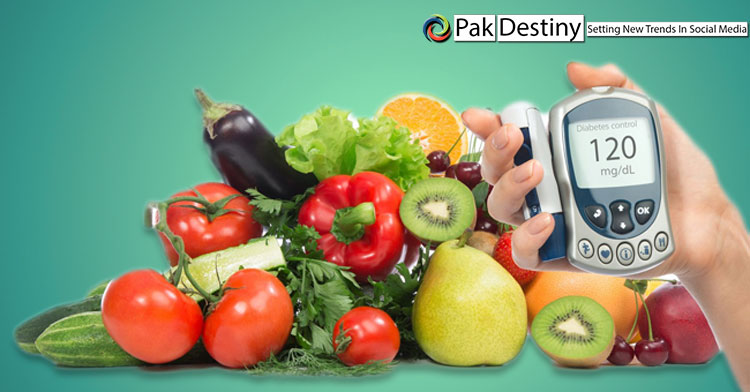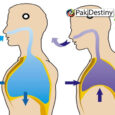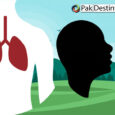
By
Col Wajid Hussain
Approximately 416 million people around the world suffer from type 2 diabetes, half of them unaware of their condition. According to WHO, Type 2 Diabetes has now assumed the proportion of an ‘epidemic’. If this is left untreated or is not managed well, the risks include damage to the blood vessels, heart, liver, kidneys and eyes. It can also increase the risks of Alzheimer’s disease, and lead to amputation – and even death.
How do we get Type2 Diabetes
Our body cells, need sugar in the form of glucose as a fuel, in order to function. But for the glucose to get past the cells’ membranes, it needs insulin. When a person has Type 2 Diabetes, his body initially produces enough insulin. But the body cells of such patients have trouble recognizing the insulin and resist the requirement of opening up. When glucose can’t get where it’s needed, it keeps circulating in the blood, acting as an inflammatory agent, slowly but relentlessly causing damage.
Symptoms of Type2 Diabetes
Initially, it is increased hunger, thirst and dizziness, followed by fatigue, weight loss, frequent urination and blurry vision. And sometimes, there are no symptoms at all. . Left untreated, excess amount of circulating glucose over time, wreaks a havoc throughout body. Normal blood glucose levels will generally range between
Diet and Diabetes
Type2 diabetes patients should reduce sugar and other carbohydrates. But it alone is not enough. Ultra-processed and convenience foods also contribute and promote illness. The riskiest of these processed foods, is processed meat: salami and hot dogs. Even leaner meat cuts, aggravates blood sugar because the fat in them, makes our cells’ membranes more rigid and thus the insulin receptor embedded in the cell membrane cannot function properly. In other words, the cells become ‘insulin resistant’.
By contrast, the fats in olives, nuts and seeds make the cell membrane more pliable, making insulin receptors function better. Also a healthy meatless diet which includes whole grains, vegetables, fruits and minimum sugar, along with more exercise, can lower blood glucose to an extent that one can switch from insulin to metformin,a diabetes medicine in pill form that is typically used for milder cases.
Bench marks
Normal blood glucose levels will generally range between 4.0– 7.8 mmol/L. Normal A1c level is 5.7 per cent (6.5 mmol/L).
People who mostly eat a vegetarian diet based on healthful foods have a 34 per cent lower risk of developing diabetes. But people who ate a mostly vegetarian diet that included unhealthy foods like sweetened drinks, fruit juices, refined grains, potatoes and sweets, have a 16 per cent increased risk of developing diabetes.
Diabetes is strongly associated with obesity. Being even a little overweight can increase the risk. Even if you just lose ten per cent of your weight, it’s been found to reverse diabetes for up to five years.
Special Note for People over 65
Usually maintain the diet and lifestyle suggested above but with one caveat. Having type 2 diabetes, and other serious chronic conditions, intensive or aggressive treatment can lead to significant problems.
The more ailments an older person has in addition to diabetes, the greater risk he or she faces At times, from bouts of severe hypoglycaemia (big drops in blood sugar), one can have increased risk of heart disease, falls and bone fractures – even death. Even lesser instances of hypoglycaemia brought on by aggressive treatment can decrease the quality of life while not offering much, if any, benefit.
Oder people who have other serious, chronic conditions are usually better off trying to keep levels up to 10.1 mmol/L. For those 65 and over, with no other chronic conditions, level is 9.4 mmol/L. But generally speaking, aiming for a 10.1 mmol/L instead of trying to keep it lower after age 65 with other illnesses leads to better outcomes.






